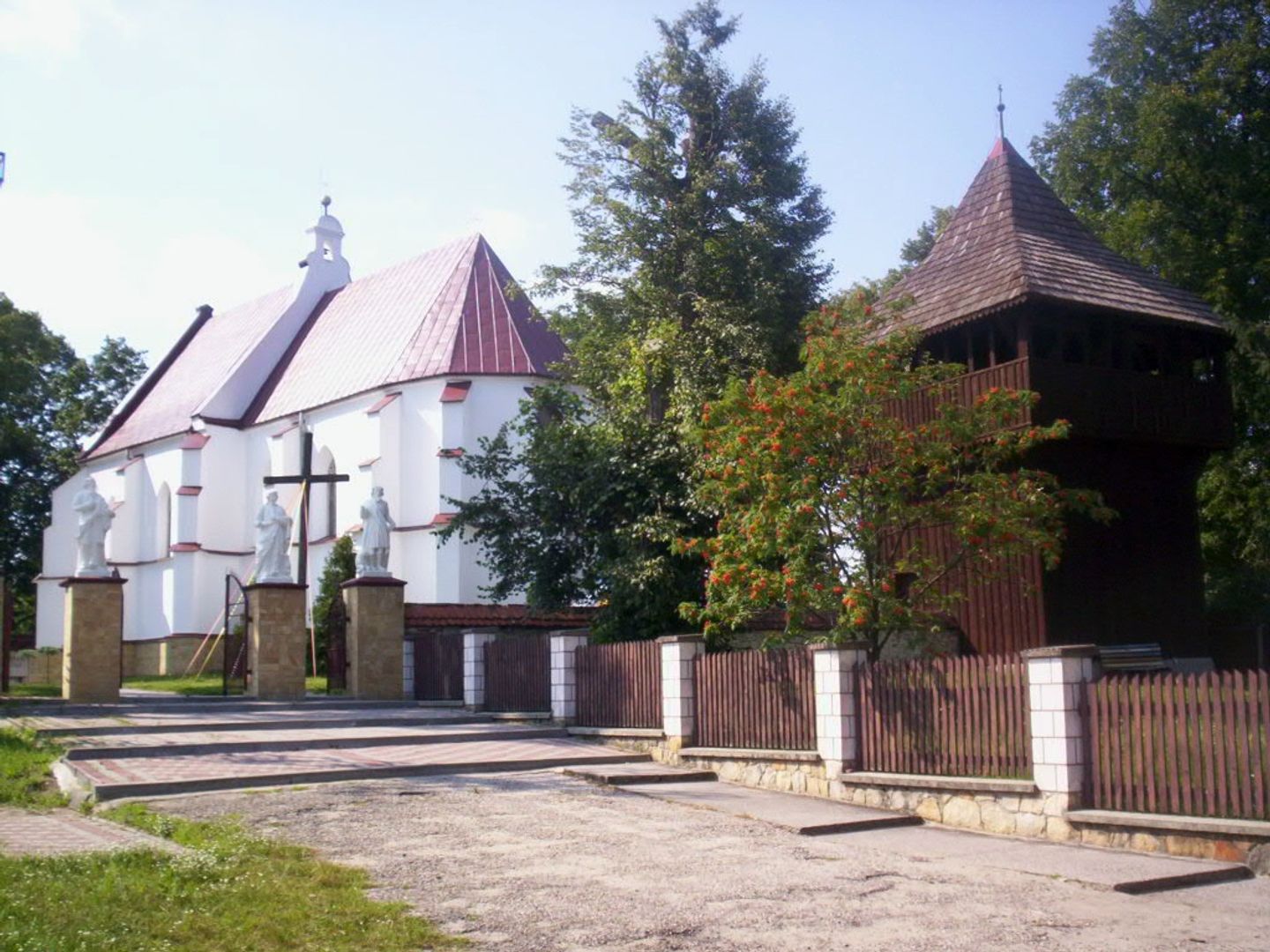Kurzelów
6.52

Overview
Kurzelów is a sołectwo (administrative village unit) located in the Świętokrzyskie Voivodeship, in Włoszczowa County. Historically, it held town rights, granted in 1285 and lost in 1869. In the second half of the 16th century, Kurzelów was a private ecclesiastical town, and its history is closely tied to the Archbishops of Gniezno, who established one of the archdeaconries here in the 12th century.
The village features the Gothic Collegiate Church of the Assumption of the Blessed Virgin Mary, dating back to 1360, renowned for its unique vault supported by a single pillar, as well as a wooden bell tower from the turn of the 17th and 18th centuries. Kurzelów was also a hub of vibrant cultural life, home to a collegiate school and a rich academic tradition associated with the Kraków Academy and representatives of the Kurzelów School, such as Jan Brożek and Paweł Herka.
In modern times, the village witnessed historical events, including the participation of its inhabitants in the January Uprising, which contributed to the loss of its town status. During World War II, skirmishes took place here between various armed groups. An interesting local tradition linked to the times of Władysław Jagiełło is preserved in literature, such as in the legend "The Three Maidens of Kurzelów."
Today, Kurzelów is home to a Cultural Center and a brass band, reflecting the continuation of local cultural traditions. Situated along the provincial road 785, the village is also surrounded by natural resources, including the Ługi Nature Reserve. The history of Kurzelów encompasses not only architecture and culture but also a rich social heritage and participation in key moments of Poland's history.
Location
2025 Wizytor | All Rights Reserved